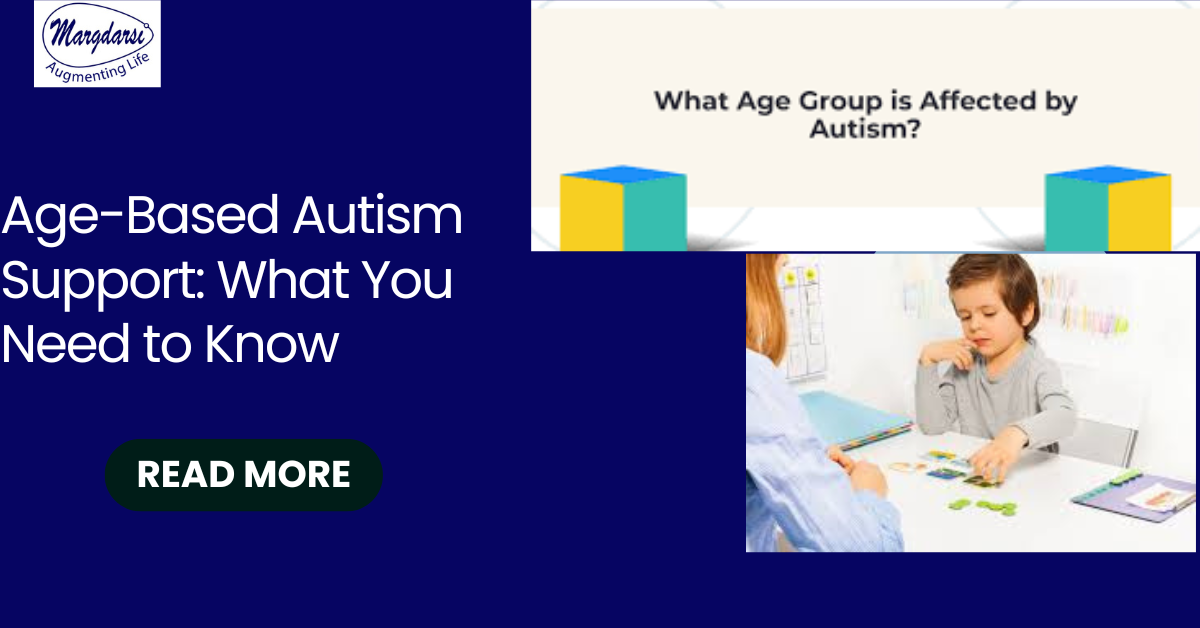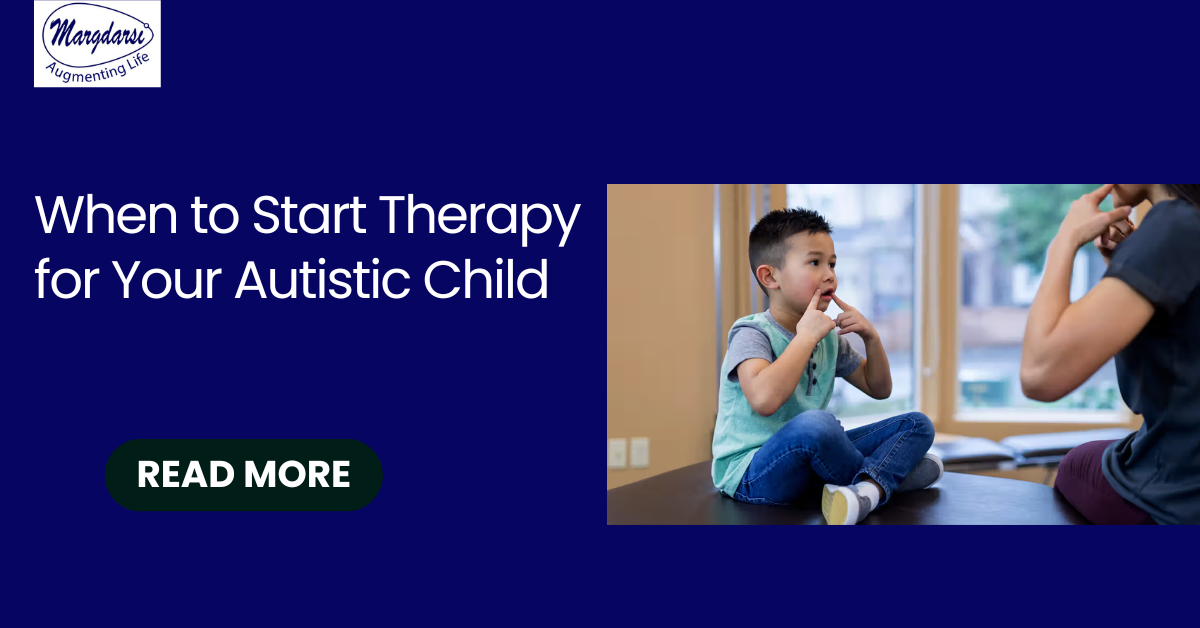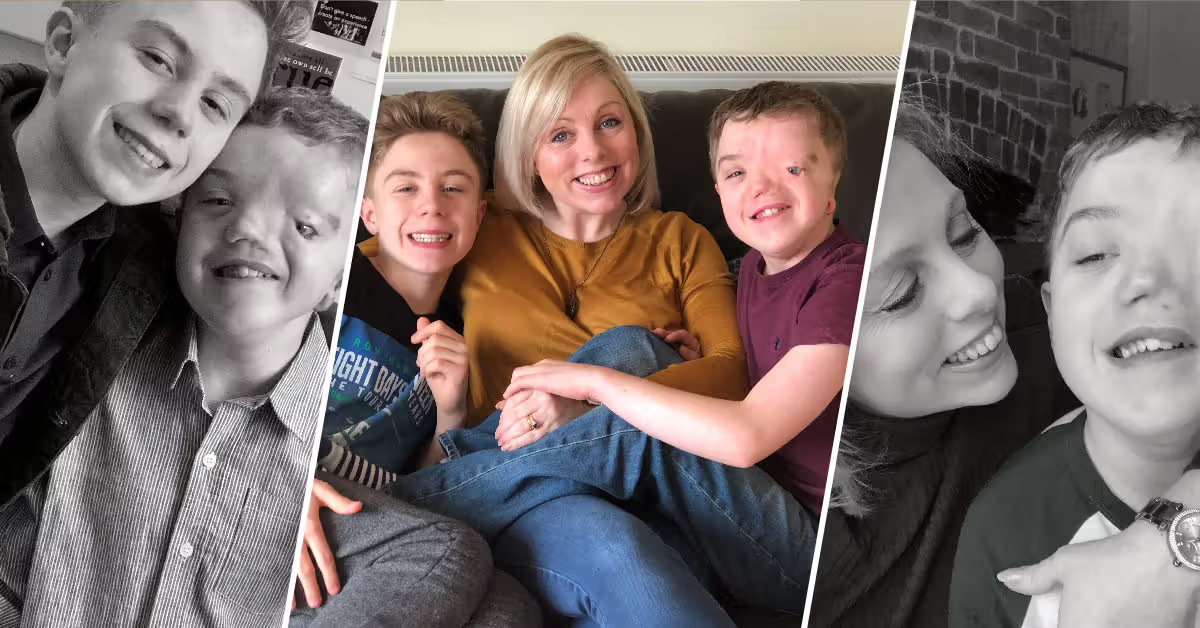
Age-Based Autism Support: What You Need to Know
admin
- 0
Understanding Age-Based Autism Support
Autism is a lifelong journey, and every stage of development comes with unique challenges and opportunities. Providing age-appropriate support ensures that children on the spectrum receive personalized care tailored to their developmental needs.
💡 Fact: Early intervention significantly improves communication, behavior, and learning abilities in children with autism.
In this guide, we will explore Age-Based Autism Support for different life stages—from early childhood to adulthood—and the best therapies to promote growth and independence.
Early Childhood (0-5 Years): The Foundation of Autism Support
Why Early Intervention Matters?
Early diagnosis and therapy play a crucial role in shaping a child’s future. The brain develops rapidly during this phase, making it the best time for intervention.
Best Therapies for Early Childhood
| Therapy | How It Helps |
|---|---|
| Speech Therapy | Enhances language development and communication. |
| Occupational Therapy | Improves motor skills and sensory processing. |
| Applied Behavior Analysis (ABA) | Helps in behavior management and social skills. |
✅ Early intervention leads to better language skills, social interactions, and reduced repetitive behaviors.
Related Article :
Understanding ADHD in Children: Causes, Symptoms, and Management
School-Age Children (6-12 Years): Developing Social and Cognitive Skills
At this stage, children with autism enter school life, where they need support in communication, academics, and social interactions.
Key Areas of Focus
✔ School Readiness: Developing classroom skills and learning routines.
✔ Social Behavior: Teaching children how to interact with peers.
✔ Cognitive Skills: Improving focus, memory, and problem-solving.
Best Therapies for School-Age Children
| Therapy | How It Helps |
|---|---|
| Social Skills Training | Builds friendships and emotional understanding. |
| Special Education Support | Helps children adapt to the school environment. |
| Behavioral Therapy | Teaches coping mechanisms for anxiety and frustration. |
💡 “Structured learning environments and therapy sessions help children adapt to new experiences and thrive in school.” – Experts at Margdarsi
Adolescence (13-18 Years): Preparing for Independence
The teenage years bring new challenges such as emotional regulation, peer pressure, and preparing for adulthood.
Key Focus Areas for Adolescents
✔ Self-Advocacy: Teaching teens how to express their needs.
✔ Life Skills Training: Helping with daily activities like money management, cooking, and transportation.
✔ Emotional Regulation: Managing stress, anxiety, and mood swings.
Best Therapies for Teens with Autism
| Therapy | How It Helps |
|---|---|
| Vocational Training | Prepares for future job opportunities. |
| Cognitive Behavioral Therapy (CBT) | Helps with emotional and mental well-being. |
| Social Integration Programs | Encourages participation in community and school activities. |
💡 Fact: Studies show that autistic teenagers who receive structured support have higher chances of independent living in adulthood.
Young Adults (19+): Transitioning to Adulthood
Many young adults with autism struggle with employment, relationships, and independent living. At this stage, ongoing personalized support is essential.
Key Focus Areas for Young Adults
✔ Employment Support: Helping young adults find and maintain jobs.
✔ Independent Living Skills: Managing finances, self-care, and social relationships.
✔ Community Engagement: Encouraging participation in social and professional settings.
Best Therapies for Young Adults with Autism
| Therapy | How It Helps |
|---|---|
| Employment Readiness Training | Teaches job skills and workplace behavior. |
| Daily Living Skills Programs | Enhances independent living capabilities. |
| Relationship Coaching | Helps in building friendships and professional connections. |
💡 “With the right guidance, young adults with autism can lead fulfilling, independent lives.” – Margdarsi Experts
Why Multi-Model Therapy at Margdarsi is Best for Your Autistic Child
Margdarsi Foundation provides age-based, personalized therapy for children and young adults with autism.
✔ Early Childhood: Speech and behavioral therapy for foundational skills.
✔ School-Age Support: Academic and social skills development.
✔ Teenagers: Life skills training for independence.
✔ Young Adults: Job coaching and self-care training.
✅ Margdarsi’s holistic approach ensures long-term success and improved quality of life.
Frequently Asked Questions (FAQs)
1️⃣ What is the best age to start autism therapy?
✔ The earlier, the better! 0-5 years is the ideal age for maximum brain development and learning potential.
2️⃣ What therapy is best for a child with autism?
✔ A combination of Speech Therapy, Occupational Therapy, and Behavioral Therapy (ABA) works best.
3️⃣ How does therapy change as an autistic child grows?
✔ Early years focus on basic communication, school-age therapy emphasizes academics and socialization, teens work on life skills, and young adults get support in employment and independence.
4️⃣ Does Margdarsi offer therapy for all age groups?
✔ Yes! Margdarsi’s Multi-Model Therapy adapts to every stage of autism development.
5️⃣ How can I start autism therapy for my child?
✔ Schedule a consultation at Margdarsi to get a personalized therapy plan for your child.


